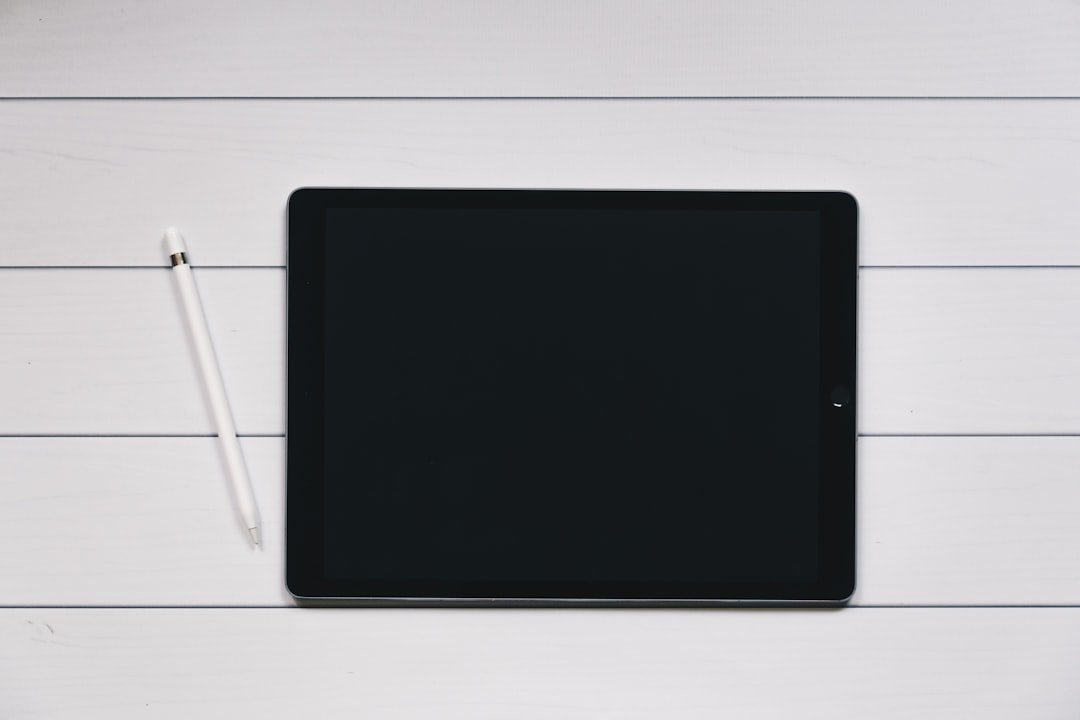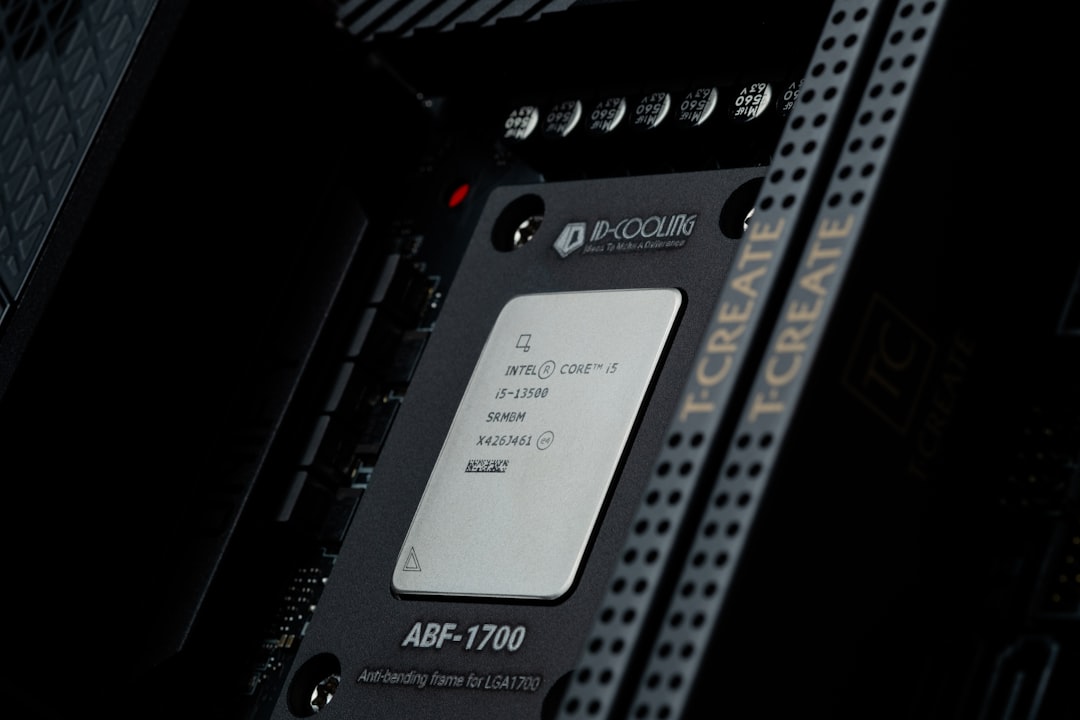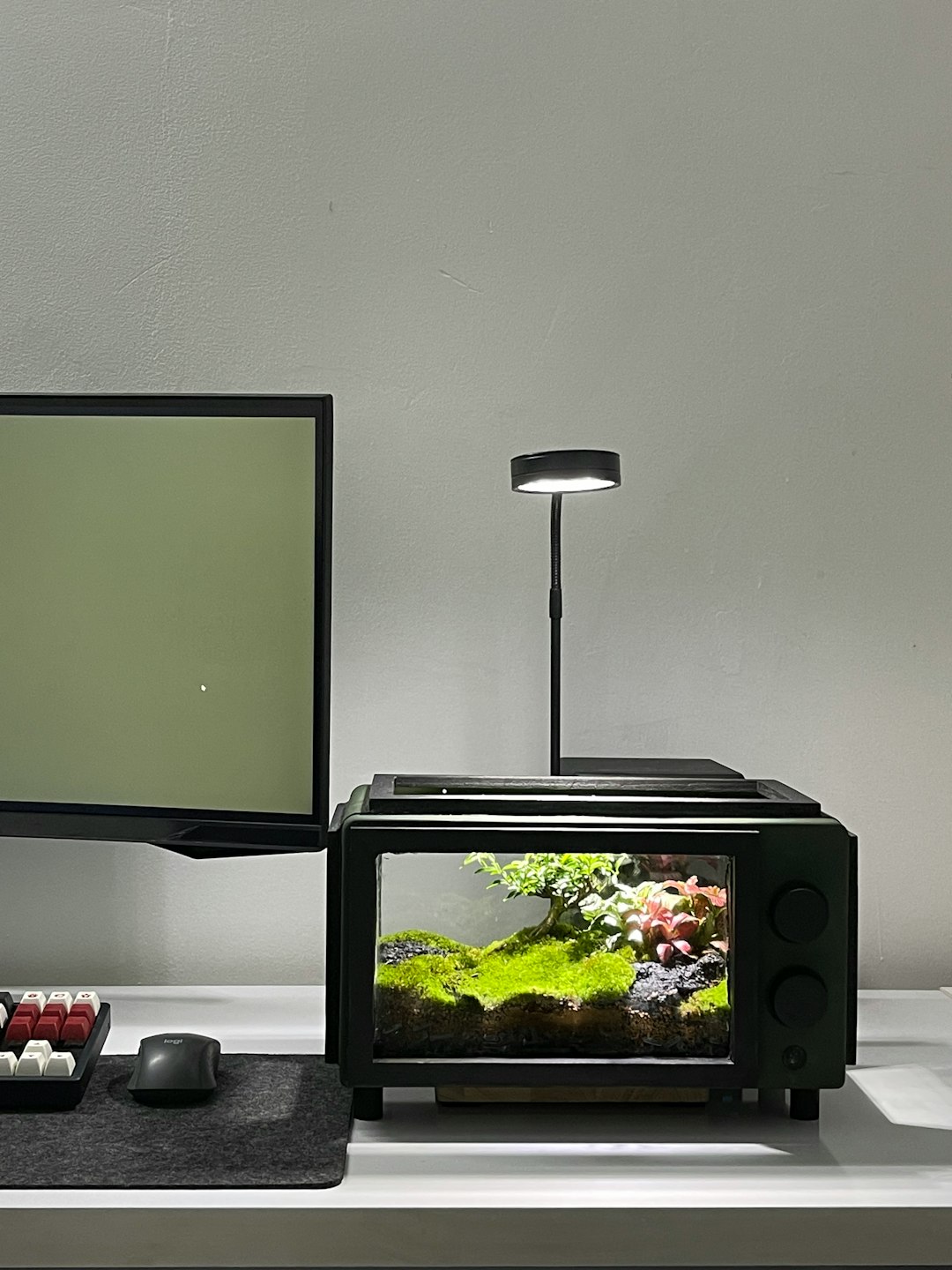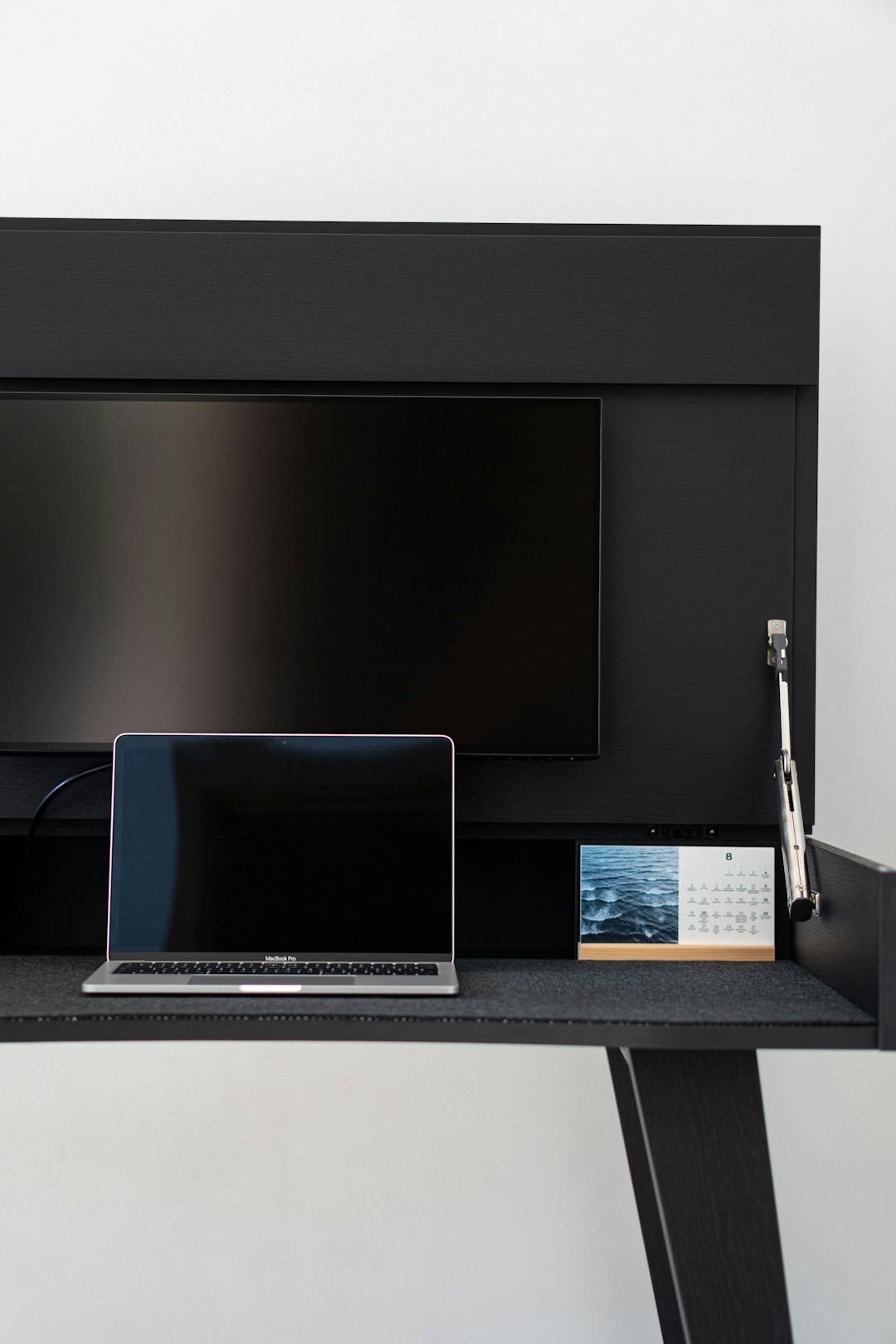The Wacom Cintiq 22HD is a widely respected tool for digital artists and creative professionals, offering precise pressure sensitivity and an interactive surface that bridges the gap between traditional and digital artistry. However, as with any sophisticated hardware, users may occasionally encounter issues with display connectivity, firmware, or compatibility with GPU settings. This comprehensive troubleshooting guide aims to resolve common problems related to DisplayLink connections, firmware updates, and graphics card settings, ensuring that the Cintiq 22HD delivers its full performance potential.
Understanding the Setup: A Quick Overview
The Wacom Cintiq 22HD relies on both USB and video connections to function correctly. Typically, it connects via DVI or HDMI for video and uses USB for interactive pen control. Any disruption in this connectivity can result in failure to detect the device or reduced performance.
1. Troubleshooting DisplayLink Issues
Although the Cintiq 22HD itself does not rely on DisplayLink technology (used more commonly in USB display adapters), compatibility issues can still arise when users attempt to route the display through third-party USB display adapters or docking stations employing DisplayLink. These can cause blank screens, lag, or even graphical glitches.
Key steps to diagnose and fix DisplayLink conflicts:
- Avoid third-party DisplayLink adapters: Connect the Cintiq directly to your GPU via HDMI or DVI if possible to prevent driver conflicts.
- Update DisplayLink drivers: If you must use DisplayLink adapters, ensure that you are using the latest DisplayLink driver version from the official website.
- Disable DisplayLink temporarily: Disable the DisplayLink service in Windows (search for “Services” in the Start menu) and reboot to see if performance improves.
It’s critical to note that some DisplayLink-compatible docking stations may not support high refresh rates or color accuracy, impacting the artistic output on the Cintiq.

2. Ensuring Firmware Is Up to Date
Firmware is the onboard software that controls how the Cintiq 22HD communicates with your computer. Wacom periodically releases firmware updates to fix bugs or improve compatibility with modern operating systems and GPUs.
Steps to update firmware:
- Download the Wacom Desktop Center: This utility is the central hub for managing Wacom devices. It checks for both driver and firmware updates.
- Connect the tablet directly: Ensure the Cintiq is connected directly to the computer, not through a hub or adapter. This ensures stable data transfer during the update.
- Backup configuration: Save custom preferences before updating. Firmware updates may reset user settings.
- Install the firmware update: Follow on-screen instructions in the Wacom Desktop Center if an update is available.
If no update is prompted but the device performs erratically (e.g., random pen pressure loss, flickering screen), reinstall the firmware or contact Wacom Support for a manual firmware file suitable for your model.
3. Adjusting GPU Settings for Optimal Display
Your graphics card plays a pivotal role in how the Cintiq renders visuals. Incompatibility with certain GPU configurations or outdated drivers can lead to issues such as distorted resolution, refresh rate problems, or flickering.
Recommended GPU settings:
- Resolution configuration: Set the resolution to the native 1920×1080 of the Cintiq 22HD via the Display Settings panel in Windows or macOS.
- Refresh rate: Ensure a refresh rate of 60Hz is selected; higher or variable rates can cause display inconsistencies.
- Color management: In GPU control panels (NVIDIA Control Panel or AMD Radeon Settings), configure the Cintiq as a separate color-calibrated display if color accuracy is essential for your work.
- Disable HDR: Although supported by some GPUs, HDR can interfere with display calibration on the Cintiq. Disable it for better stability.
Driver versions also matter. Updating GPU drivers through official channels (NVIDIA, AMD, or Intel) is recommended—avoid third-party sources that may offer unstable beta versions.

4. Common Mistakes That Lead to Cintiq Display Issues
Avoiding user oversight is half the battle when troubleshooting hardware like the Cintiq 22HD. Some frequent mistakes include:
- Using the wrong cables: Make sure you are not using adapters or converters that limit bandwidth supporting 1080p output.
- Outdated OS compatibility: Some versions of Windows or macOS interfere with legacy drivers. Use compatible OS releases per Wacom’s official documentation.
- Mixing drivers: Installing Intuos or Bamboo drivers alongside Cintiq drivers may lead to conflict. Use the Wacom Utility to remove other drivers before reinstalling.
A clean driver install can fix many issues:
- Uninstall Wacom drivers via the Wacom Utility tool
- Reboot the system
- Download and install the latest drivers from Wacom Support
5. System Configuration Tips for Dual Monitor Use
Many Cintiq users operate with multi-monitor setups. Improper mirroring or extending settings can lead to mapping or aspect ratio issues on the tablet.
Tips for correct dual monitor setup:
- Set to ‘Extend’ display mode: This allows the Cintiq to operate as a distinct desktop instead of mirroring.
- Match display scale: Make sure both monitors use a 1:1 scale to avoid mapping inaccuracies.
- Recalibrate pen mapping: Open Wacom Tablet Properties and recalibrate to ensure precision across screens.
Remember to check the pen/tablet mapping configuration, as incorrect settings can result in the stylus being out of alignment with the cursor on screen.

Conclusion
The Cintiq 22HD is a robust and precise tool—but like all high-end peripherals, it demands correct configuration to operate at its best. Whether handling DisplayLink compatibility, keeping firmware updated, or fine-tuning GPU settings, thoughtful troubleshooting can prevent frustrating disruptions and maintain peak performance.
By methodically addressing each component—from system updates to cable integrity and display settings—users can ensure a seamless creative experience on their Cintiq 22HD. Always keep software and drivers current, avoid unnecessary adapters, and enable proper GPU configurations for optimal results.
Frequently Asked Questions (FAQ)
- Q: My Cintiq 22HD screen is blank, but the tablet is responsive. What should I do?
A: Check your video cable connection. Try a direct DVI or HDMI connection instead of using adapters. Also verify the monitor is enabled in your operating system’s display settings. - Q: How do I know if my firmware is outdated?
A: Install the Wacom Desktop Center app, which automatically checks your firmware version and prompts if an update is needed. - Q: My pen cursor is offset from the tip. How can I fix it?
A: Recalibrate the pen in the Wacom Tablet Properties panel. Be sure the tablet is configured for the correct display in a multi-monitor setup. - Q: Does the Cintiq 22HD support USB-C?
A: Not natively. You would need a DVI or HDMI to USB-C adapter rated for video output, but this can introduce issues. Direct GPU connection is preferred. - Q: Should I use DisplayLink docking stations with Cintiq?
A: It’s not recommended. Many issues arise from using DisplayLink adapters. For best stability and responsiveness, connect directly to the PC’s video output.


